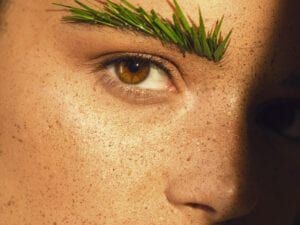“What is going on along the North Sea coastline? What’s on people’s minds? Which legends, histories, and stories enshroud particular sites? Which artistic movements have flourished and continue to resonate in the realm of contemporary arts? And who, from the past or the present, still leave their indelible imprint?” Curator Els Wuyts positions these questions at the heart of the eighth edition of Beaufort Triennial: Fabric of Life. The “triennial by the sea” invites 18 artists to install works across 65-kilometres of Belgian coastline – connecting ports, village centres, markets, dikes, fields and parks. The idea is to construct bridges between disparate locations and ideas, whilst offering a platform to creatives working right now. It’s a great opportunity, as eight sculptures will go on to become permanent fixtures of Beaufort Sculpture Park.
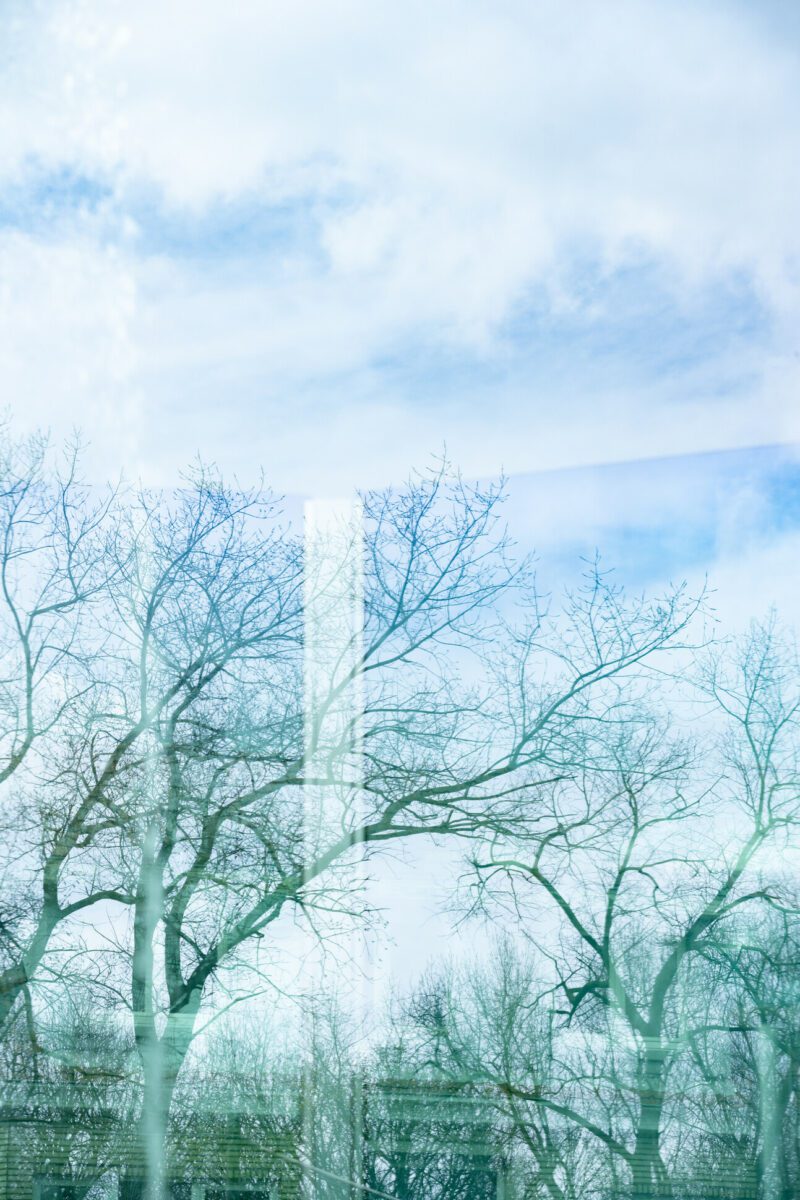
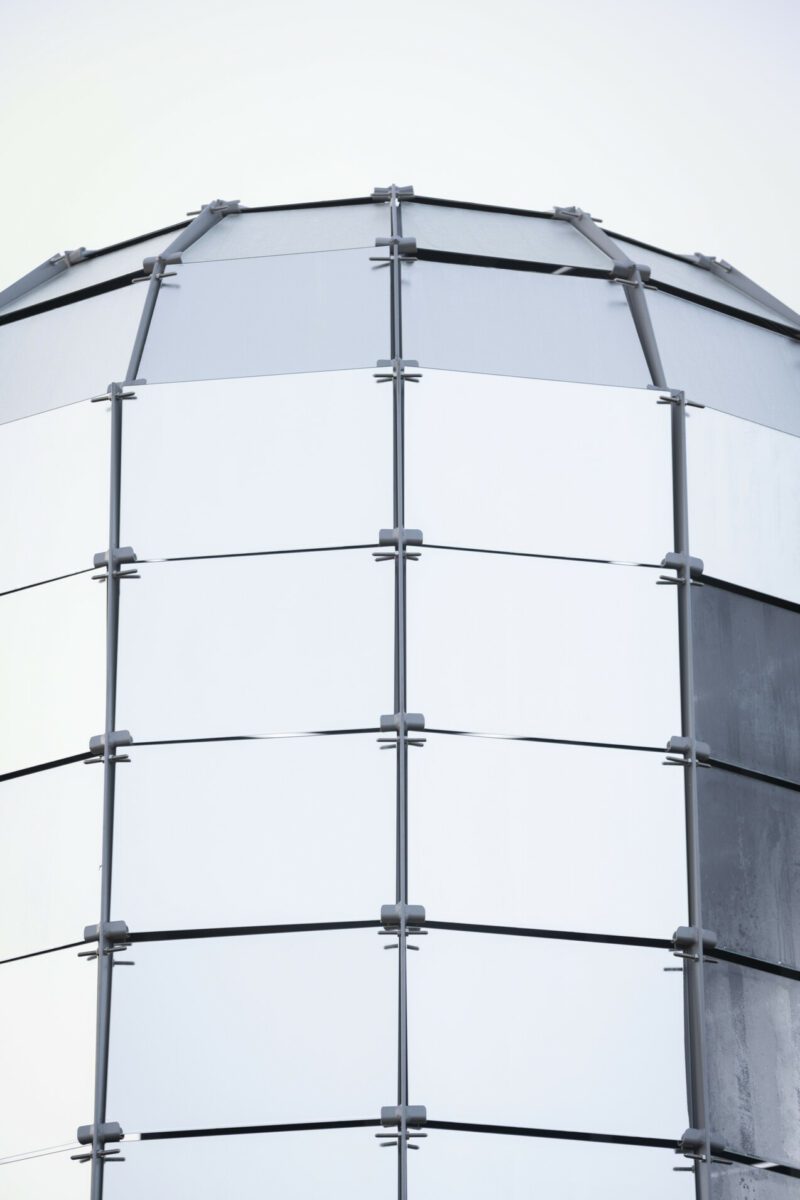
The pieces on display harness an array of media, including concrete, metal, recycled objects and mirrors. One of the featured artists is Maëlle Dufour (b. 1994), who is fascinated by material culture and the traces left by past societies. Her work, Capsule, taps into agricultural history. “I come from a family of farmers. Until recently, pesticides were still used frequently and widely, as a miracle potion to safeguard production. Today, biotechnological research is used to modify crops, which raises ecological objections. Capsule evokes a storage silo, which in the eyes of designer Le Corbusier, was a fundamental architectural form and the ultimate symbol of progress. The idea for the piece developed following a residency in Avesnois in the North of France – a farming region where the traditional, semi-open bocage landscape is under pressure. I want to question the human urge for complete control of nature by contrasting artificial reflective surfaces with the surrounding environment. It distorts and confuses us, shifting based on our vantage point.”
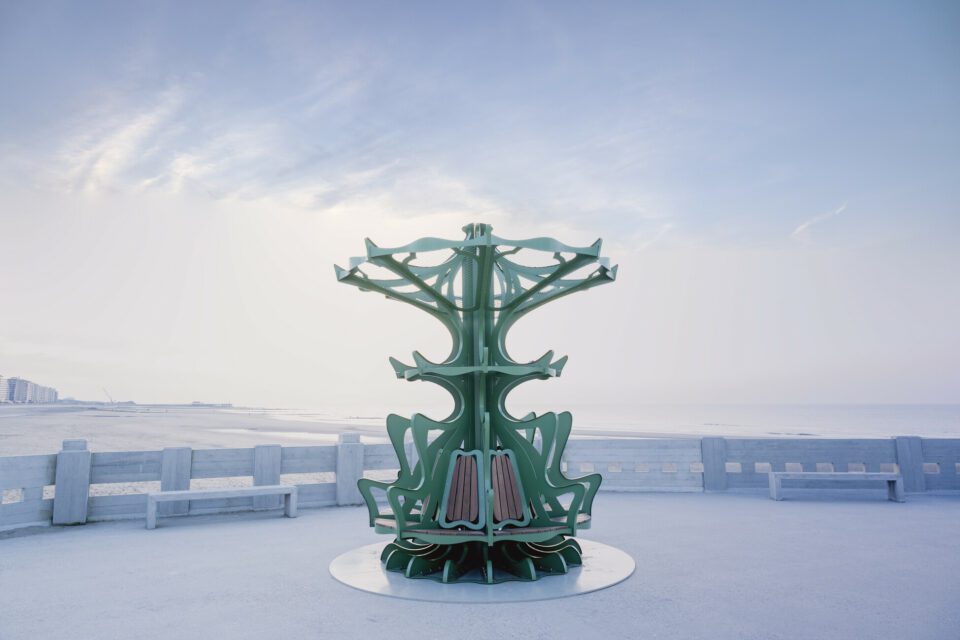
Beaufort24 is also about encouraging people – including those who might not necessarily attend a “traditional” gallery exhibition – to encounter art as part of their everyday routines. Wuyts explains: “The new installations are accessible – located at a crossroads, on a rolling dune, in a quiet space, or at a simple roundabout, lighthouse, or waterfront.” It’s near impossible to just walk past Lucy + Jorge Orta’s mirrored Gazing Ball when taking a break at Normandpark, for example, or to ignore Sarah Bjarland’s tower of discarded chairs, which takes over a junction in Manitobahelling. Meanwhile, at Koksijde beachfront, Jorge Macchi asks: what does it meant to have a keyboard without keys? Romain Weintzem wants us to consider the impact of surveillance technologies, whilst Filip Vervaet’s Staging Sea is more relaxing – changing colour based on time and tide. These pieces, from Belgium and around the world, will catch your eye and demand attention. They pose provocative, often surprising questions that are sure to prompt a double take.
Beaufort24 runs until 3 November | triennalebeaufort.be
Words: Eleanor Sutherland | In partnership with Visit Flanders
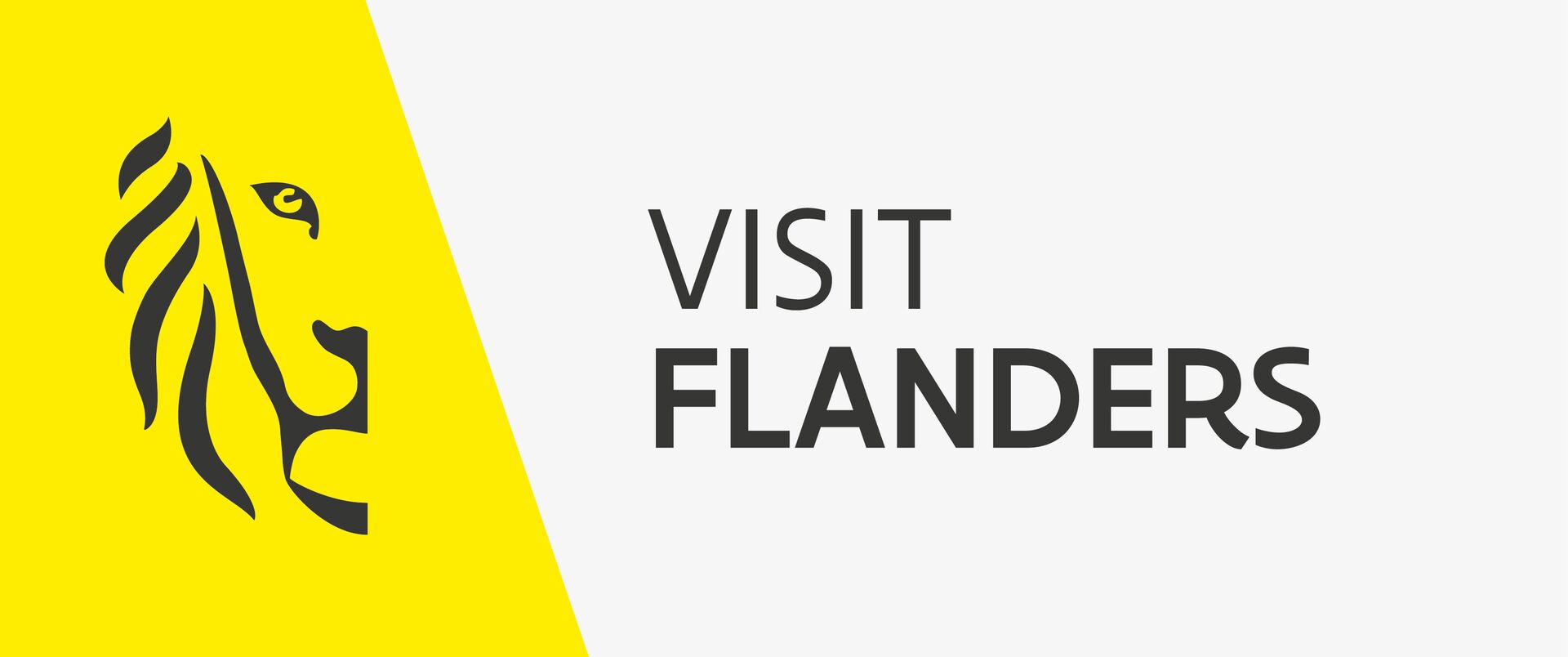
Image Credits:
1. Maëlle Dufour, Capsule. Image courtesy Beaufort24.
2. Filip Vervaet, Staging Sea. Image courtesy Beaufort24.
3. Maëlle Dufour, Capsule. Image courtesy Beaufort24.
4. Romain Weintzem, Attentifs ensemble. Image courtesy Beaufort24.





